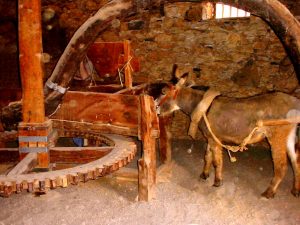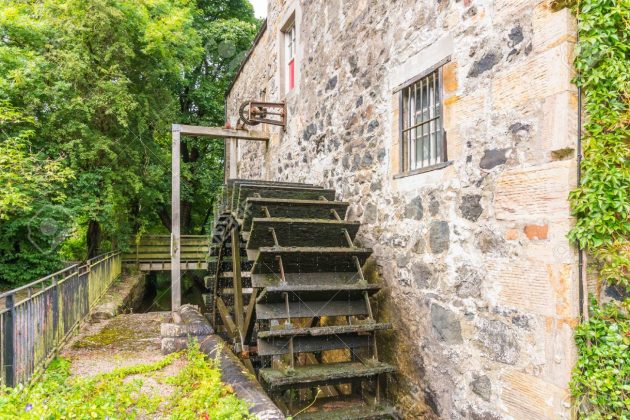Brief History of Paper Mills
Paper mills are factories where the paper is made, using wood pulp, old rags and other ingredients. In the past, all of the production steps were done by hand, with human work-force but know with the development of technology that method left its place to various paper machines.
Paper mills can either be integrated or non-integrated. Integrated mills consist of a pulp mill and a paper mill on the same site. Those kinds of mills receive logs or wood chips and produce paper. Modern paper mills use a large amount of energy, water, and wood pulp in an efficient and complex series of processes to produce a sheet of paper that can be used in diverse ways. The paper machines we use today can be 150 metres in length, produce 10 metred long sheets, and operate at speeds of more than 97 km per hour.
Then and Now of Manufacturing
At first, there were human and animal-powered mills. The use of human and animal-powered mills was known to Muslim and Chinese papermakers. Then comes water-powered mills. Certain evidence of a water-powered mill dates back to the Spanish Kingdom of Aragon, 1282. This early hydraulic paper mill was operated by Muslims that lived in Moorish.

A horse-powered mill 
A water-powered mill
The first permanent paper mill was established in Nuremberg, Germany, in 1390. Since the 14th century, European paper milling underwent a rapid improvement of many work processes. For example in Europe, today, Finland and Germany have two of the most developed paper industries.
By the 20th century, the number of paper mills increased around New England and the rest of the world. Because the demand for the paper was also increased. Nancy Baker Tompkins represented large paper manufacturing companies to promote sales to the distributors of paper products. Some sources say that despite the business depression, the only business of its kind in the world was started in 1931 by Nancy Baker Tompkins.
